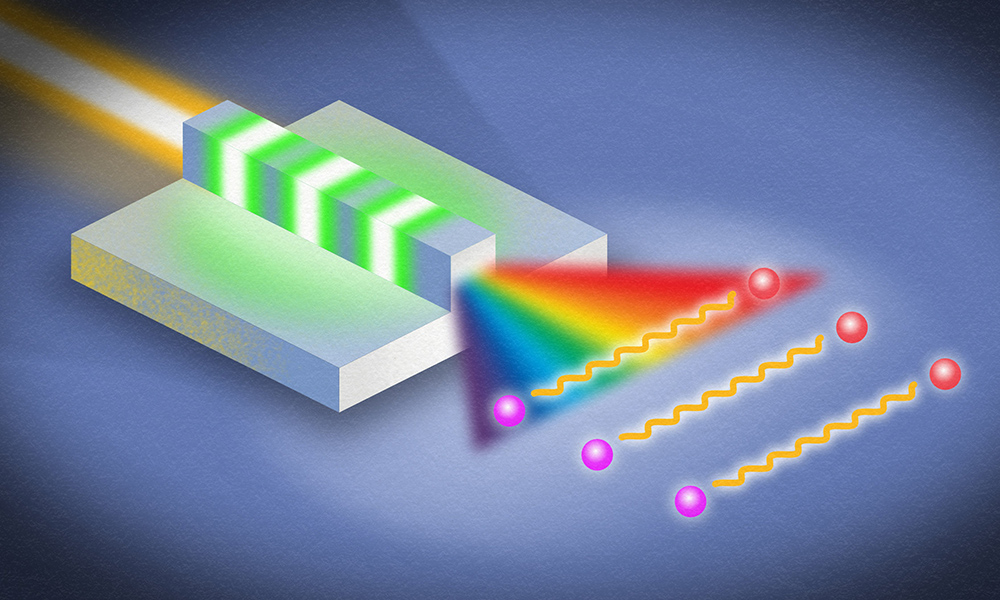
Rochester researchers set ‘ultrabroadband’ record with entangled photons
Engineers have taken advantage of the quantum entanglement phenomenon to generate unprecedented bandwidth and brightness on chip-sized nanophotonic devices.
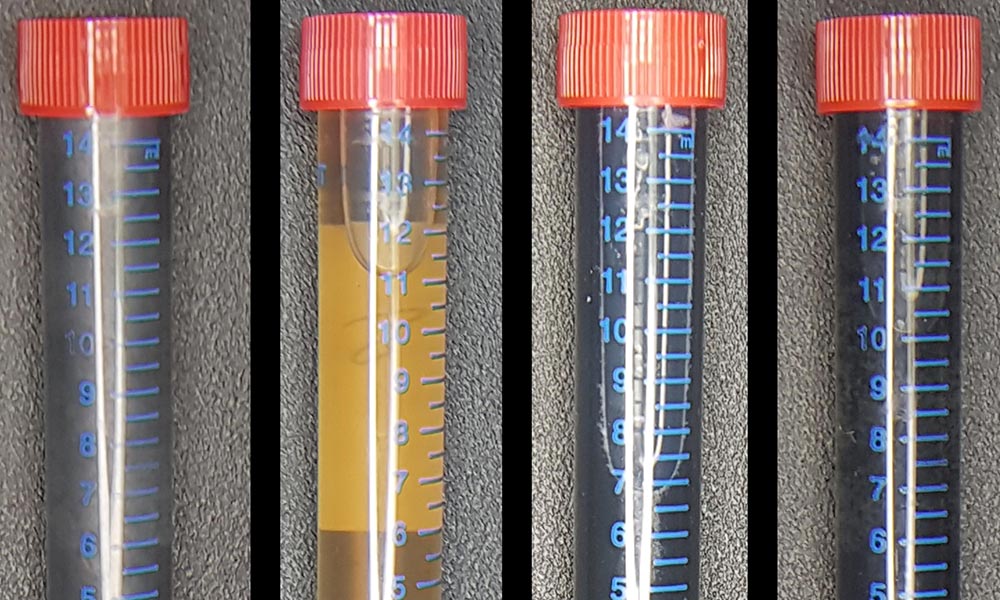
Will your future computer be made using bacteria?
Graphene is a revolutionary nanomaterial, the discovery of which led to a Nobel Prize. By mixing graphite with bacteria, Rochester scientists are making graphene easier and more environmentally friendly to produce, paving the way for future products and applications.
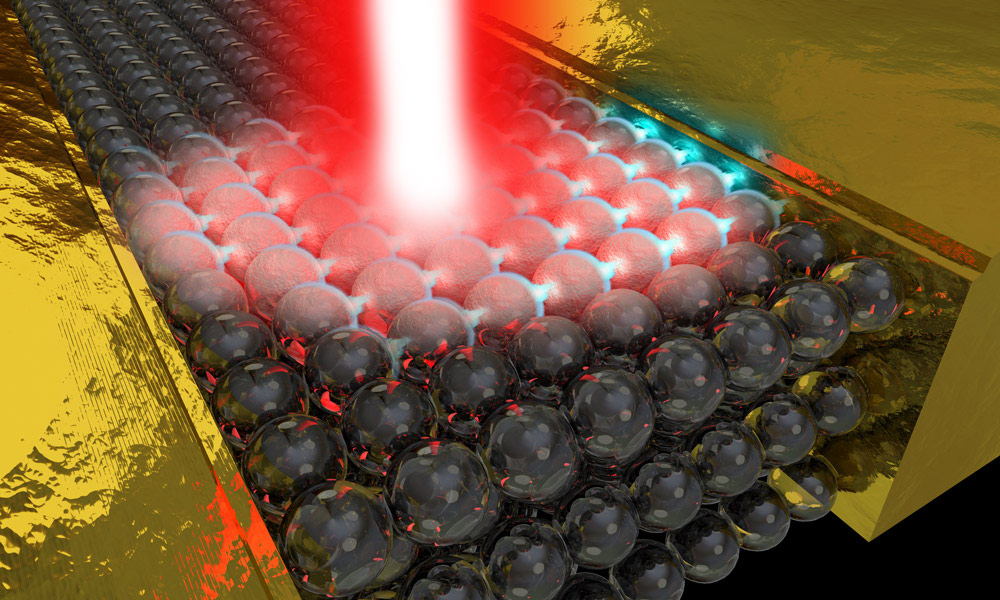
Laser bursts generate electricity faster than any other method
A University researcher who predicted that laser pulses could generate ultrafast electrical currents in theory now believes he can explain exactly how and why actual experiments to create these currents have succeeded.
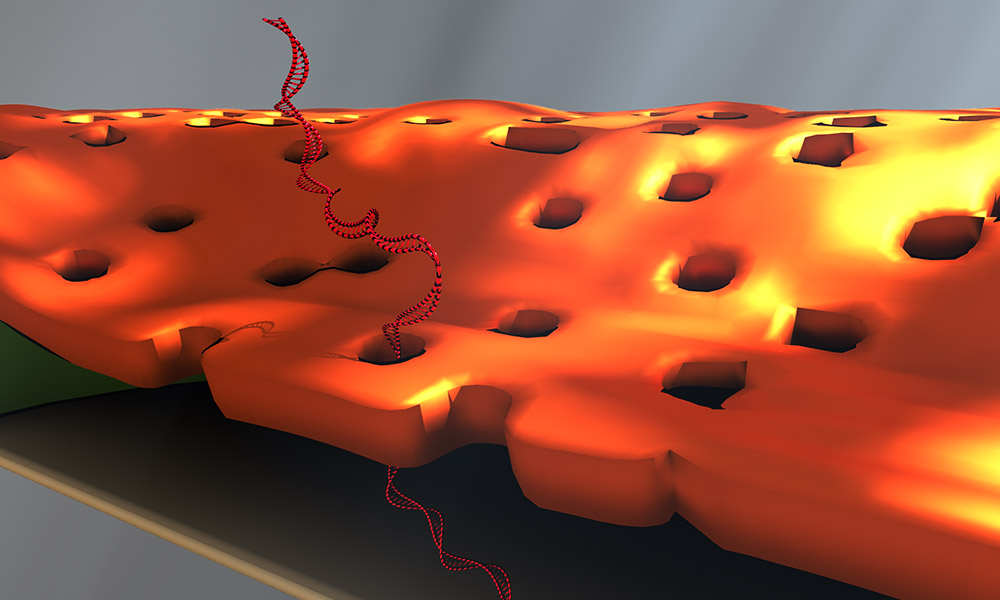
Scientist’s accidental exhale leads to improved DNA detector
How did water vapor became integral to the development and design of a novel device for detecting the DNA biomarkers affiliated with disease?
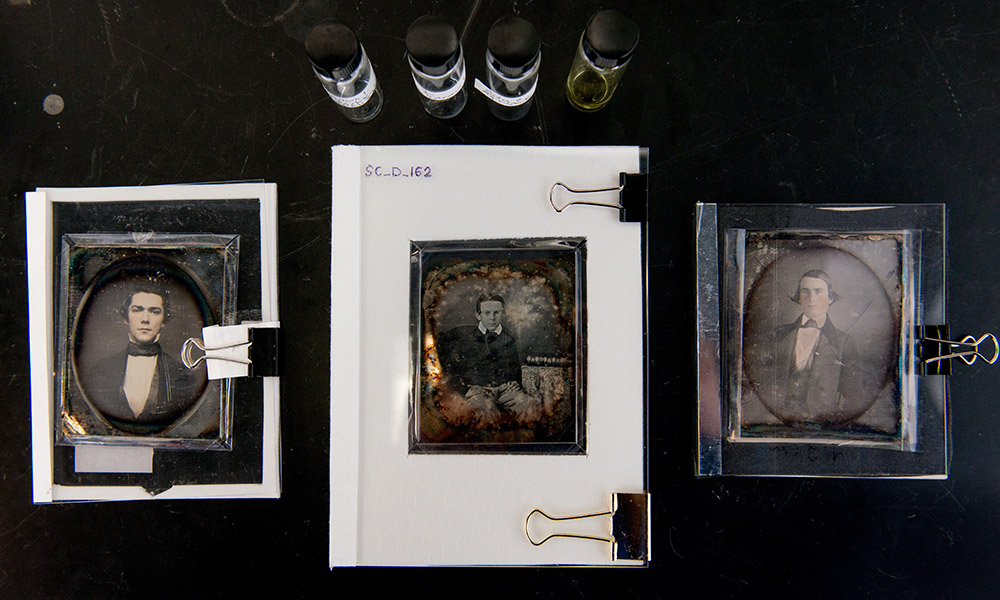
Daguerreotype exhibit explores nanotechnology’s role in preserving local history
While damage to daguerreotype plates is often visible by eye, evidence of further deterioration may only be detected at the nano level. The University is leading groundbreaking research that bridges the gap between science, history, and the arts.
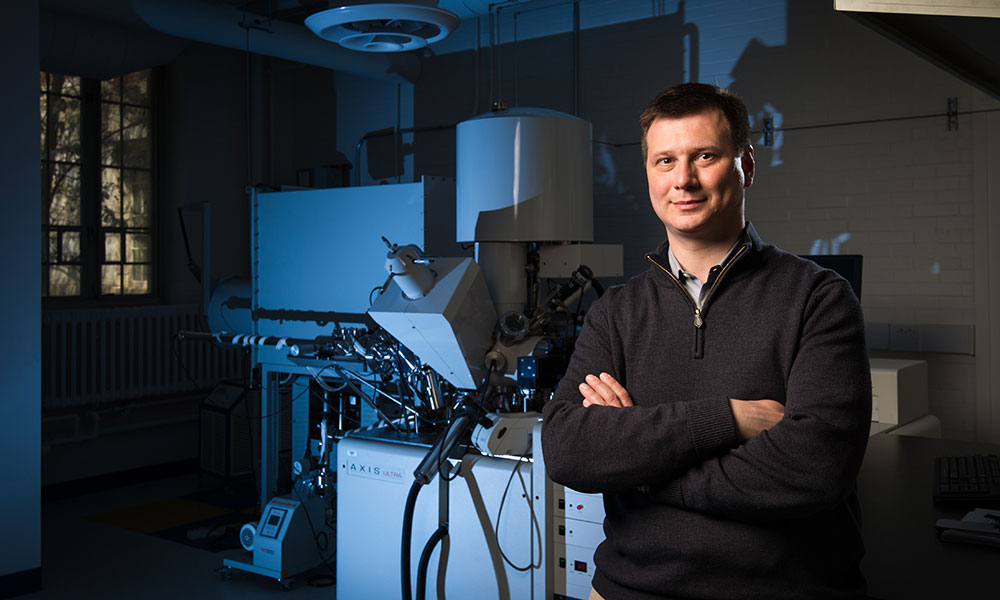
Progress made in developing nanoscale electronics
How can you reliably control the current that flows from one electrode to another in a circuit that is the width of a single molecule? The key, according to assistant professor of chemical engineering Alexander Shestopalov, is adding a second, inert layer of molecules.
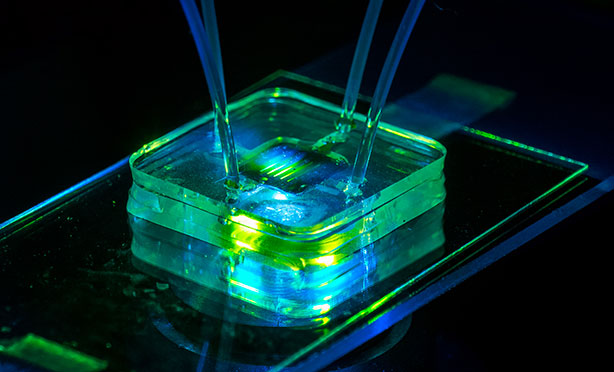
Super-thin membranes portend tiny pumps
A super-thin silicon membrane could pave the way for diagnostic devices the size of a credit card.
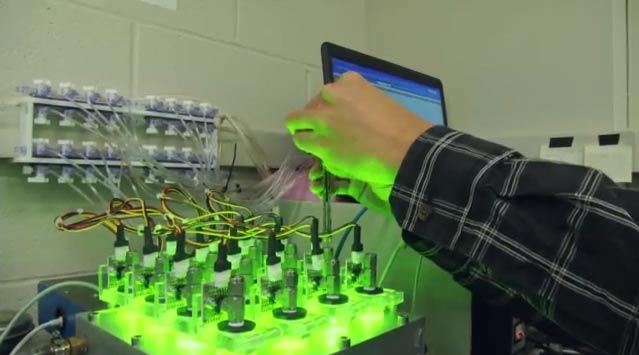
‘Holy Grail’ of Hydrogen Fuel
Work by a group of graduate students and chemistry professors is advancing what is sometimes considered the “holy grail” of energy science: lowering the cost while increasing the output of sunlight-powered hydrogen-production systems. The solution: nanocrystals and nickel catalysts.
